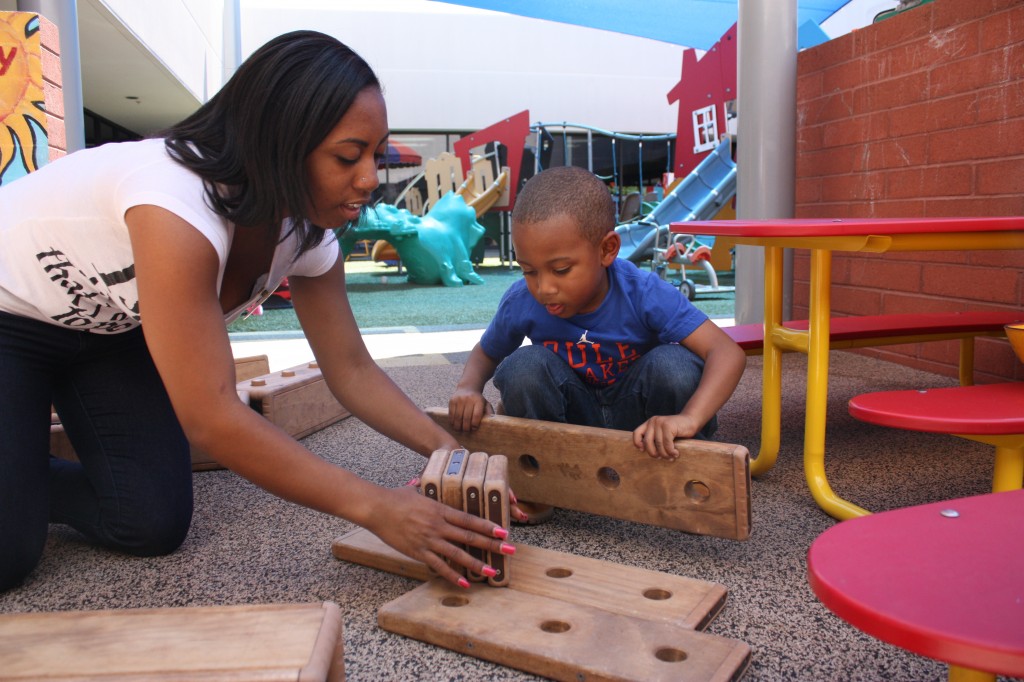In Arizona, where one in 64 children is diagnosed with autism, early assistance is critical to helping those kids and their families live happy and productive lives.
The Southwest Autism Research & Resource Center’s JumpStart program provides intervention and parent education and empowerment programs for families of children up to age 6 newly diagnosed with Autism Spectrum Disorder (ASD). The organization, based in Phoenix, received a $3,000 grant from the Sundt Foundation.
“(Members of the grant committee) have become familiar with the services provided by SAARC through the direct experience of fellow employee owners, family and friends who are impacted by autism,” said Sundt Employee-Owner Andrew Apostolik. “SAARC provides an invaluable service to these families and we are proud to help support their mission.”
SARRC Corporate and Foundation Relations Manager Greg Boone emphasizes the importance of early, evidence-based intervention. “A typical family arrives to JumpStart unaware of what a diagnosis means for them and their child and have a great amount of uncertainty, misinformation and fear associated with the disorder. Many resort to searching the internet and/or listening to hearsay in order to find answers. JumpStart serves to educate, empower and ultimately ease the fear associated with a diagnosis.”
Developed in 2002, JumpStart provides early intervention therapies to children in a classroom setting and individually using Applied Behavior Analysis principles. Kids in the program go through 25 clinical hours before undergoing a follow-up assessment to gauge their progress.
Private support enables the center to keep costs low, no more than $500 per family. Greg says the organization spends more than $2,000 per family.
“Without fundraising, the program would not operate,” he said.
The program also educates parents on techniques to help their children develop language and communication skills, learn to interact with peers and reduce unwanted behaviors. The organization’s goal is to assist 60 children and their families each year.
“We see thank you cards from parents who said they saw no hope, no light at the end of the tunnel before their children entered the program,” Greg said.
